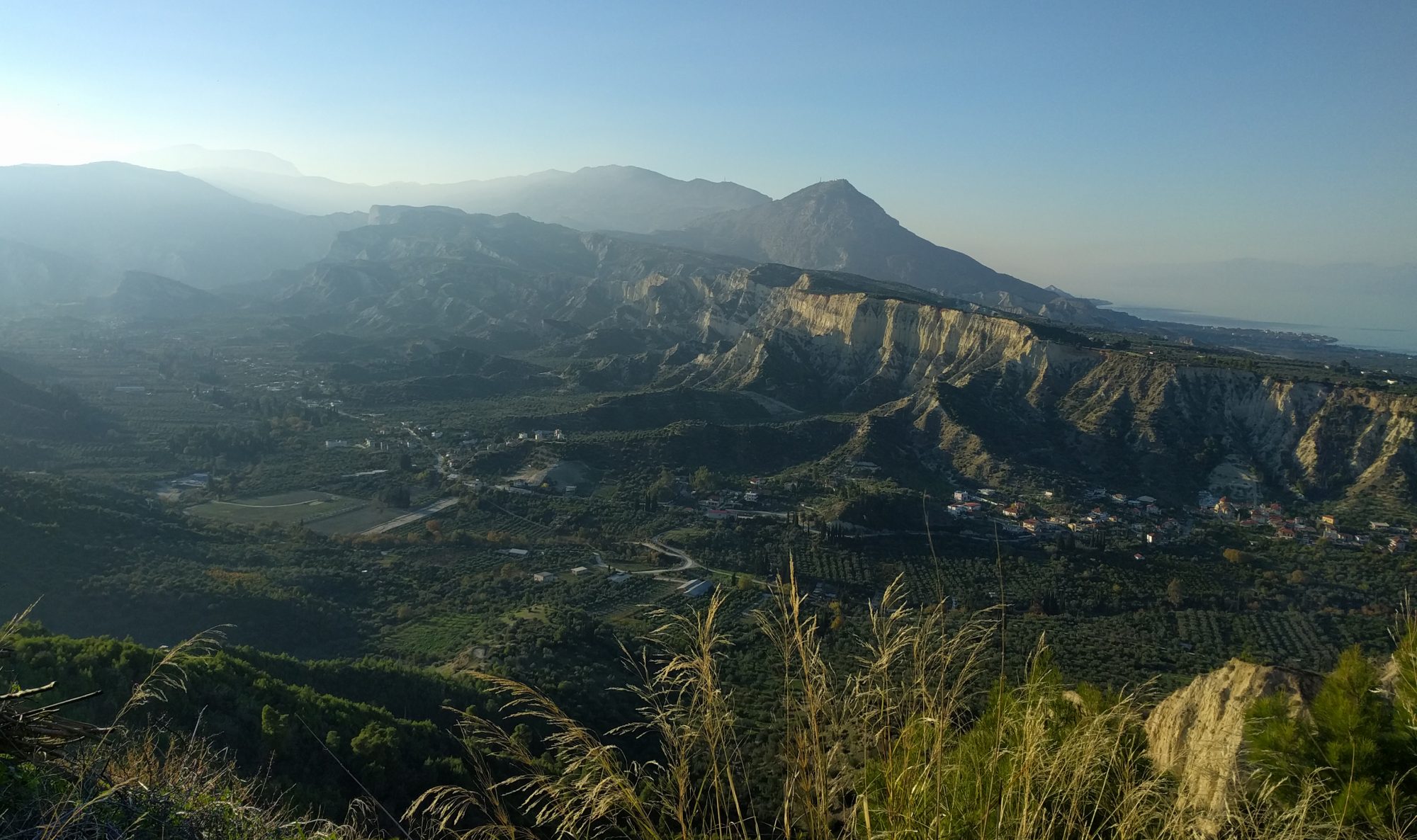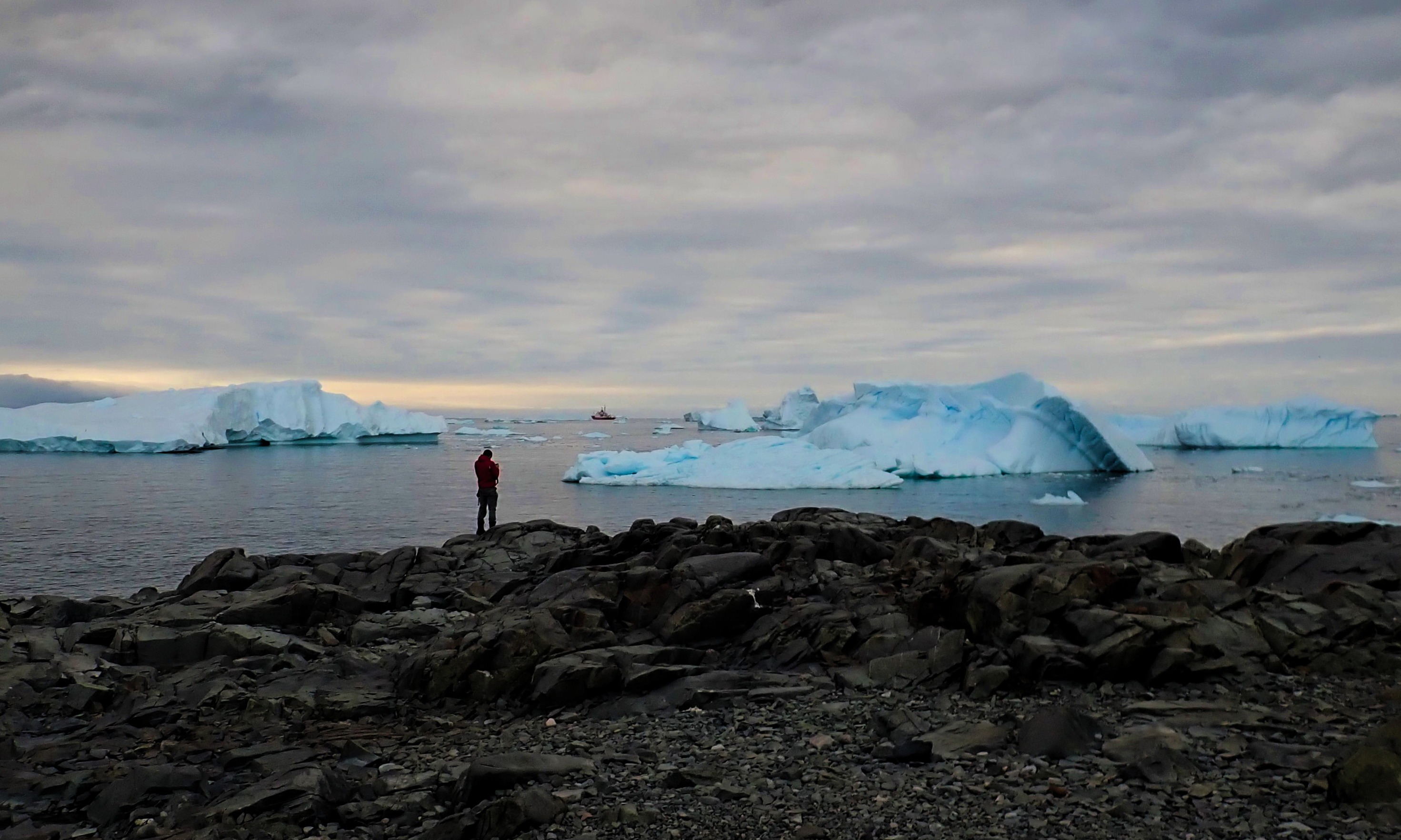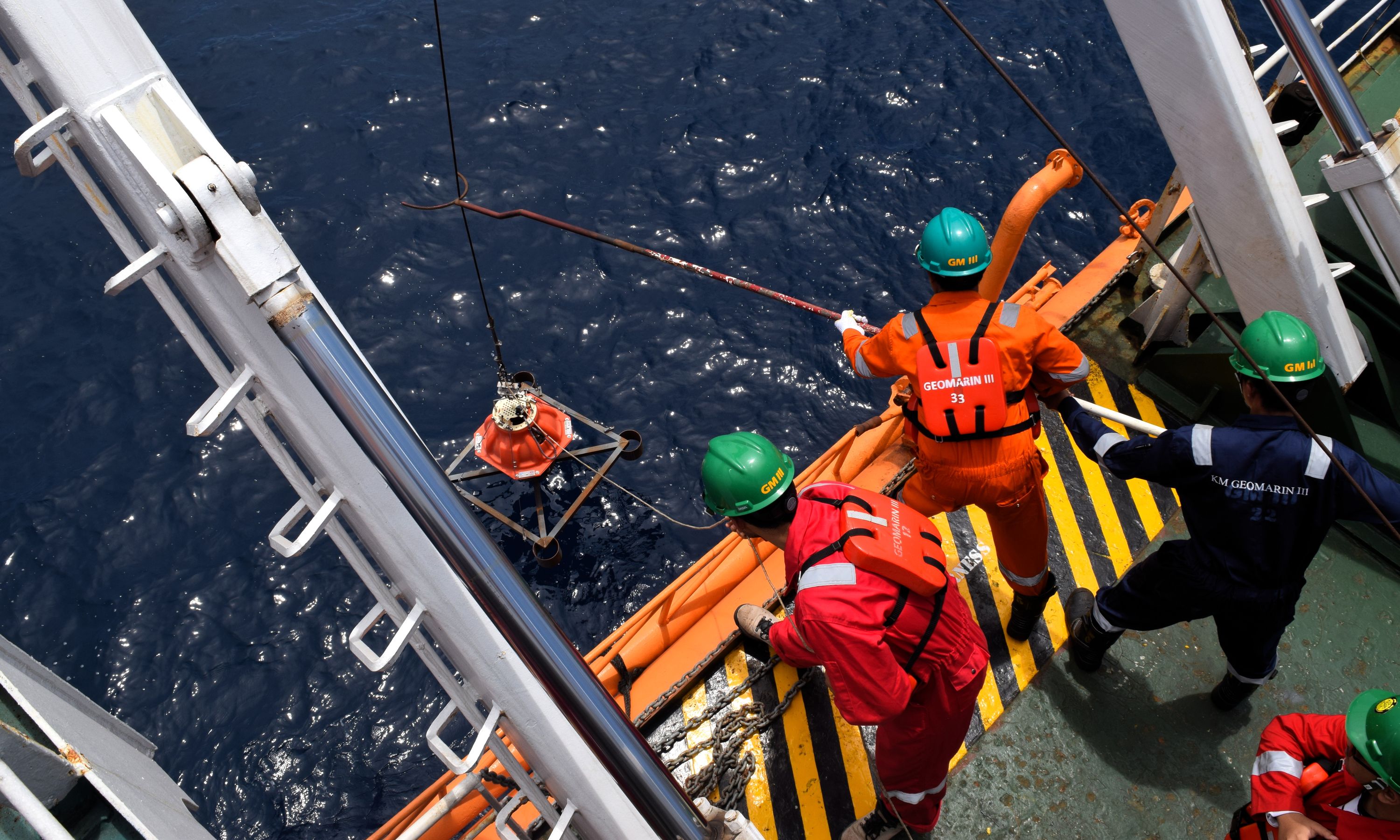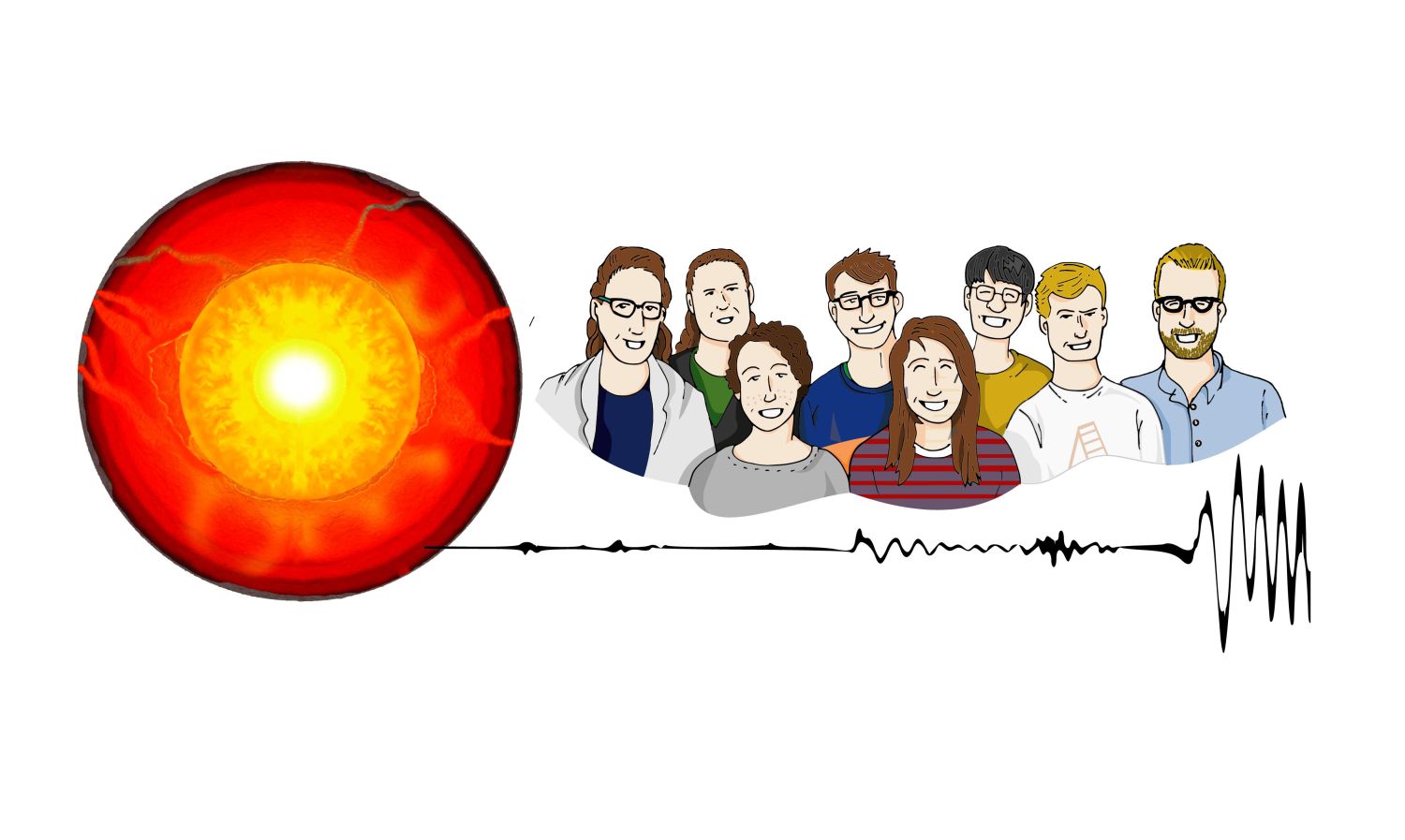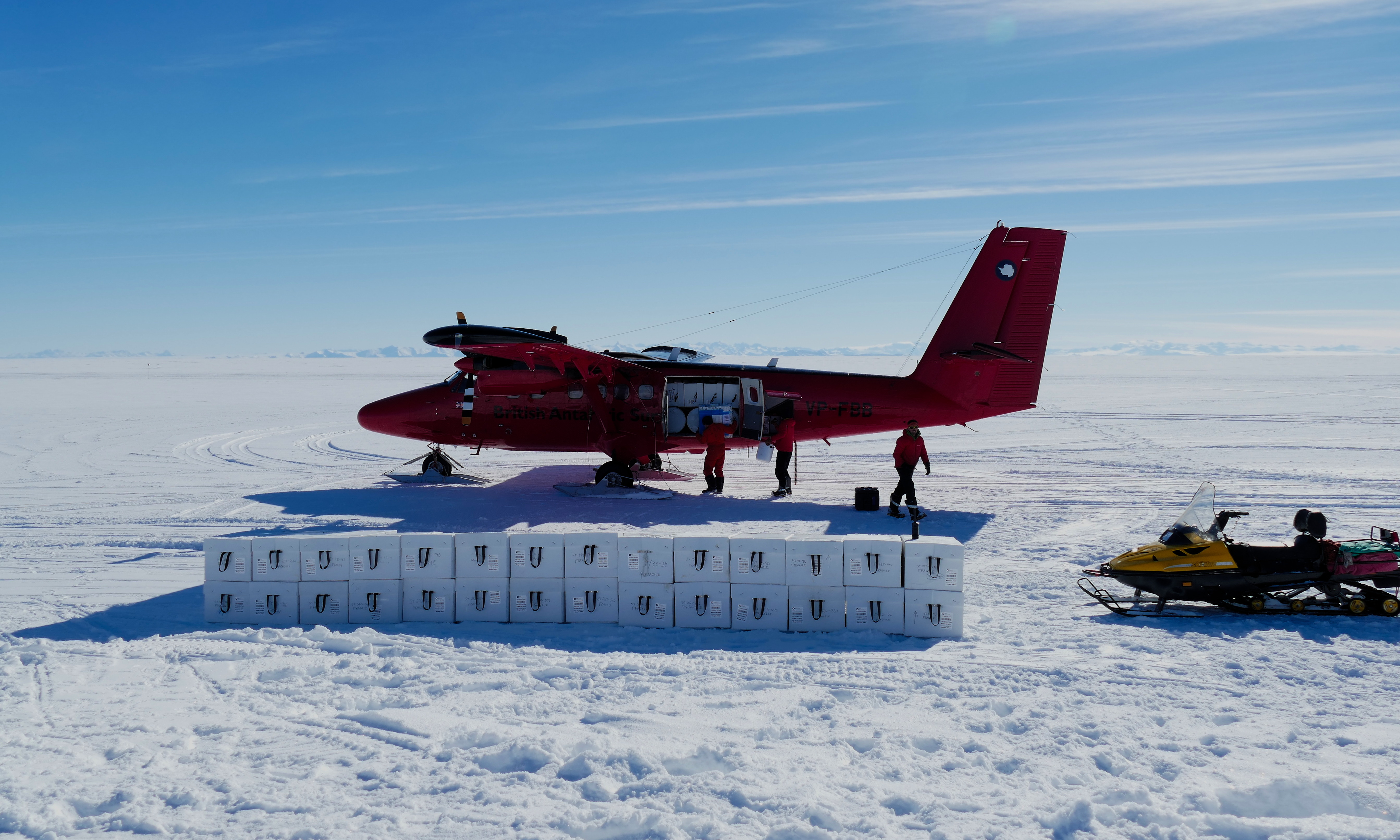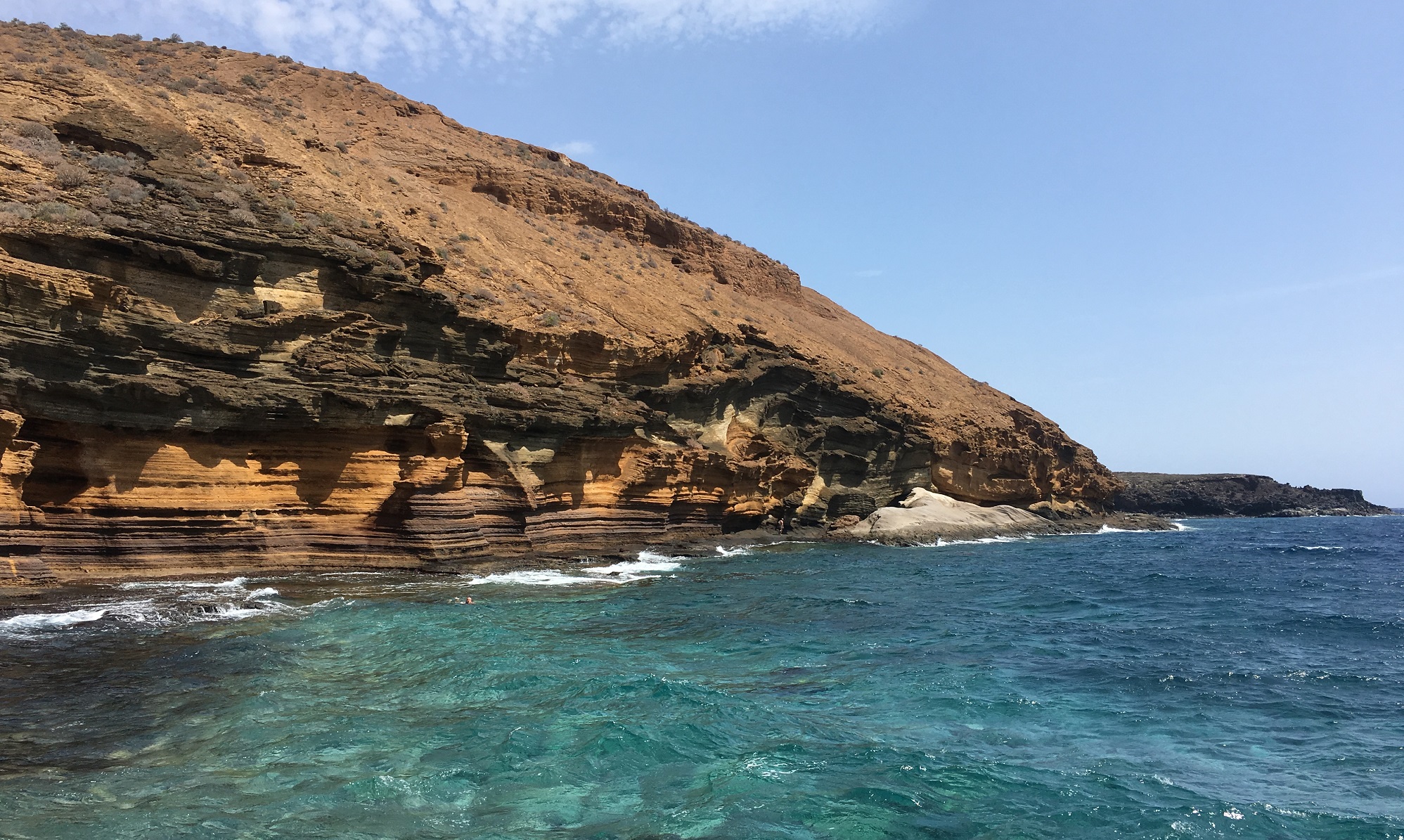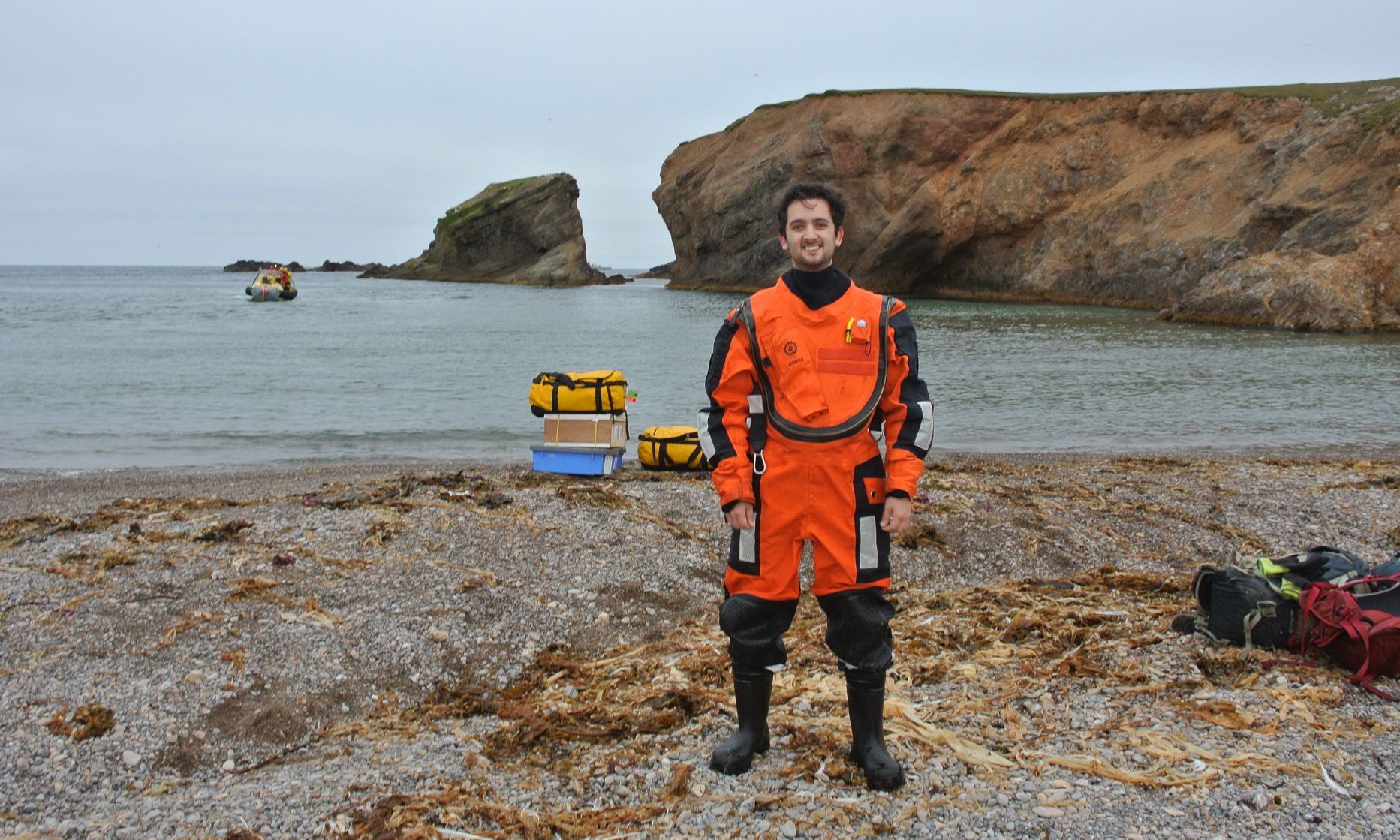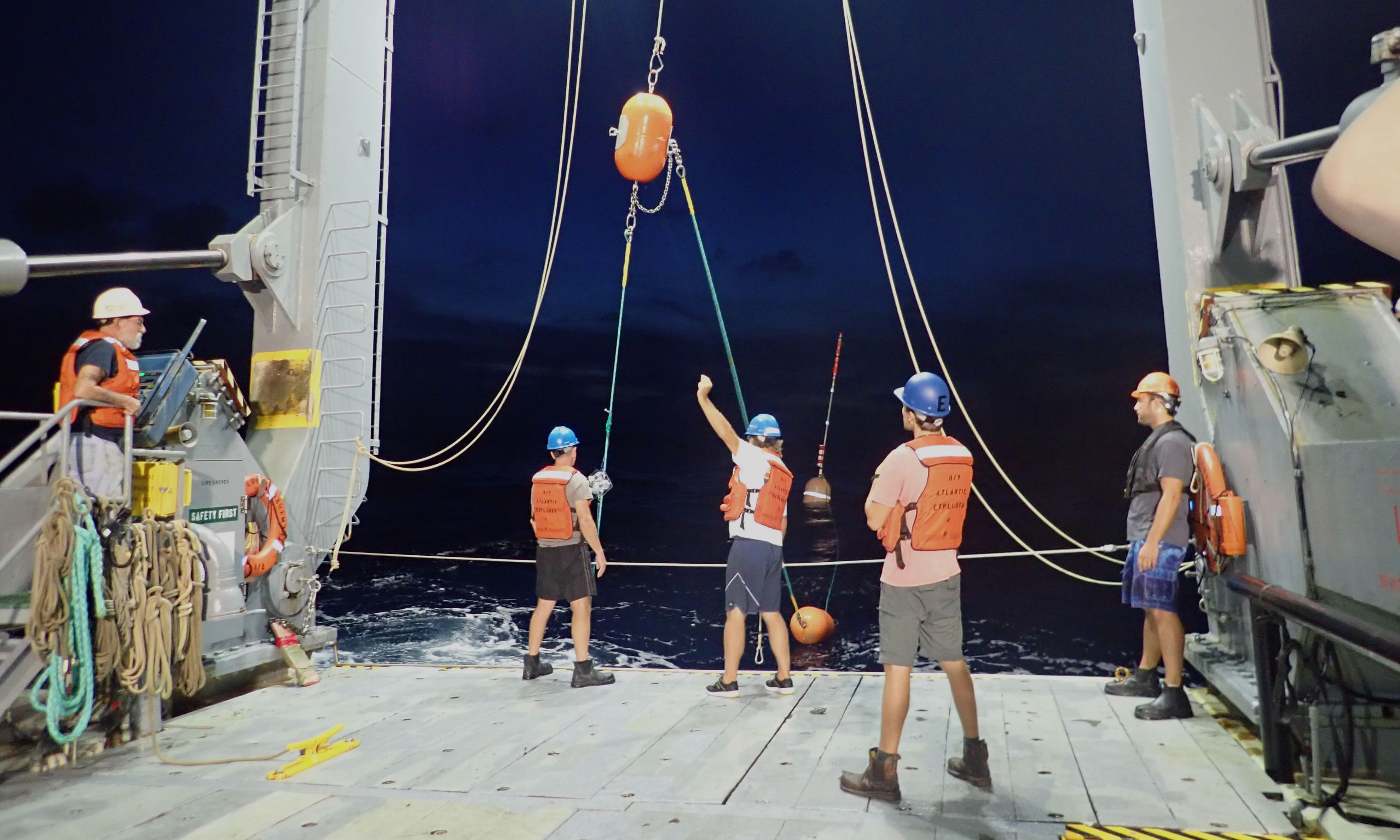In part two of her three-part series, Isobel Rowell describes her daily routine as part of the WACSWAIN team, drilling into the Antarctic ice sheet and sampling ice chippings from the borehole in search of ice from the last interglacial.
Continue reading “WACSWAIN: Sherman Island Drilling—Part Two”WACSWAIN: Sherman Island Drilling—Part One
In a three-part series of blog posts, Isobel Rowell describes her experiences on the second field campaign of the WACSWAIN project. Part one outlines the motives behind the Sherman Island drilling project, and details the team’s journey to their drill site.
Continue reading “WACSWAIN: Sherman Island Drilling—Part One”Imaging of North-Sulawesi subduction in the Celebes Sea
How does subduction start? The answer to this question remains enigmatic and controversial. The process of subduction, which drives global plate tectonics and helps to shape the Earth as we know it, began as early as 4.1 Ga, but how the first subduction zone initiated remains unknown. Some have argued that the plate tectonic cycle was kick-started by spontaneous subduction at passive continental margins, yet such a phenomenon has thus far not been observed in a modern plate tectonic setting. Consequently, scientists have a very limited understanding of what mechanisms may initiate spontaneous subduction.
Continue reading “Imaging of North-Sulawesi subduction in the Celebes Sea”Deep Earth Explorers
In this blog post, Jess Bartlet answers questions about her experiences as a Public Engagement Coordinator within Dr Sanne Cottaar’s deep Earth research group. Together, they seek to unravel and expose the mysteries of the Earth, thousands of kilometres beneath our feet. Working with the Sedgwick Museum of Earth Sciences, Jess is developing a series of interactive exhibits and hands-on activities to plunge the general public deep into the Earth’s interior from March 2020.
Continue reading “Deep Earth Explorers”WACSWAIN: the hard slog of analysis
The last time I blogged about WACSWAIN was in January 2019, when we were in the euphoria of having drilled to the bedrock at Skytrain Ice Rise, and retrieved 651 metres of ice. So what have we been doing since then?
Continue reading “WACSWAIN: the hard slog of analysis”A ‘wet’ Summer: Cambridge and Tenerife
This summer I was lucky enough to complete an internship in Environmental Consultancy with Mott MacDonald followed by a Hydrology Field Training Programme run by GeoTenerife. As a geologist, it can be hard to see how an Earth Sciences degree can be directly used outside of academia or the traditional field of Oil and Gas: the internship and training programme seemed a good way to explore alternative options.
Continue reading “A ‘wet’ Summer: Cambridge and Tenerife”Tales from Bear Island: a month of Arctic fieldwork (or, four weeks without a phone)
In August 2018 I was lucky enough to join a CASP expedition to Bear Island, in the Norwegian High Arctic, as a field assistant and as part of my Part III project.
My journey to the arctic began as so many do, in Heathrow airport. We unloaded the minivan-sized taxi required to get all our gear to the airport, and I walked in to the entrance of Terminal 2 wearing a big coat, carrying two heavy gear bags and a rifle case. We drew some looks. I couldn’t help but feel excited and important.
Then I realised I had left my phone in the taxi. Panic descended.
Continue reading “Tales from Bear Island: a month of Arctic fieldwork (or, four weeks without a phone)”Interning at the Bermuda Institute of Ocean Sciences
Over the summer, I was fortunate enough to complete a research internship at the Bermuda Institute of Ocean Sciences (BIOS), known by locals as the ‘Biological Station’. I was therefore off to a tiny island in the middle of the Atlantic Ocean for two months to research the effects of climate change and swim with turtles.
Continue reading “Interning at the Bermuda Institute of Ocean Sciences”